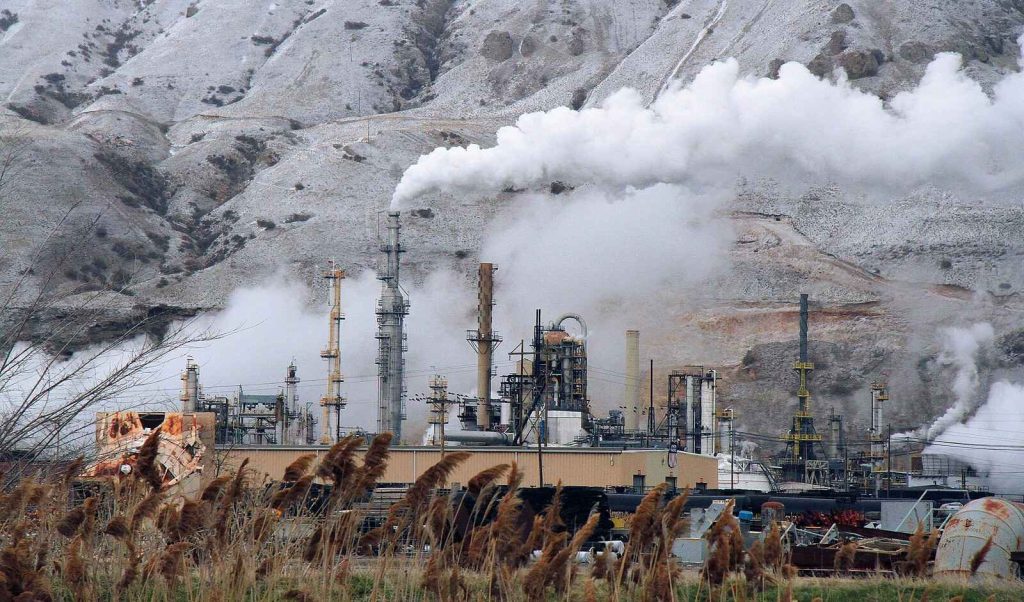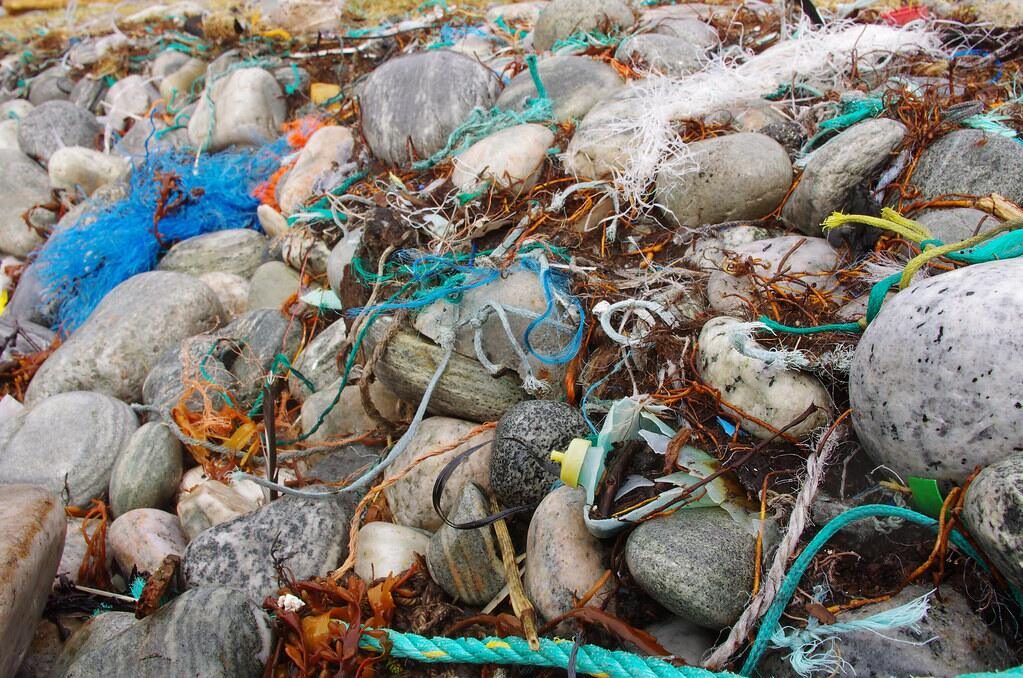Microplastics, tiny plastic fragments less than five millimetres in size and often much smaller, have become widespread contaminants found in the environment, food, and even the human body. This growing presence also poses a complex challenge for the oil industry, which supplies the petrochemicals essential for plastic production.
Petrochemicals, derived from oil and natural gas, make up a profitable segment of the fossil fuel industry. However, public concern over microplastic pollution threatens this area of the market.
“Where the industry is most vulnerable is on the human exposure to microplastics. They’re going to have to try to tell us that exposure to microplastics every day, from birth to death is just fine… And I just don’t think they can win that argument,” said Richard Wiles, president of the Center for Climate Integrity.
Research into microplastics is increasing rapidly. A recent Nature Medicine study revealed that human brains examined in 2024 contained an average of seven grams of plastic—about 50% more than in samples from 2016—primarily in the frontal cortex.
Andrew West, a Duke University researcher and co-author, warns, “I have not seen any evidence” of effective monitoring of these nanoplastics in food, water, or air. Microplastics have also been found in fish muscle and inside fruits and vegetables.

As oil demand declines due to electric vehicles and economic shifts, major companies are focusing more on petrochemicals. The International Energy Agency reported electric cars displaced over one million barrels of oil per day in 2024, with numbers expected to rise significantly. BP’s 2024 outlook showed that petrochemical use offsets falling oil consumption in transport, with plastics like polyethylene playing a major role.
Kenneth Gillingham of Yale University emphasises, “Major oil and gas companies are playing a key role in the supply chain for plastics… The surplus of natural gas is coming about because of fracking, and it’s led to low prices of natural gas.” In the U.S., roughly 1.5% of natural gas is converted into chemicals used to make plastics.
Saudi Aramco has expanded in this sector, acquiring a majority stake in SABIC, which earned nearly $35 billion from petrochemicals last year despite weaker recent results.
“We’re unquestionably, as a society, better off having plastics than no plastics, but we’re facing the consequences of having those plastics,” Gillingham concluded.
The oil industry must now manage the environmental impacts of microplastics while adapting to a changing energy industry—a challenge that demands stricter oversight and innovation in sustainable materials.












